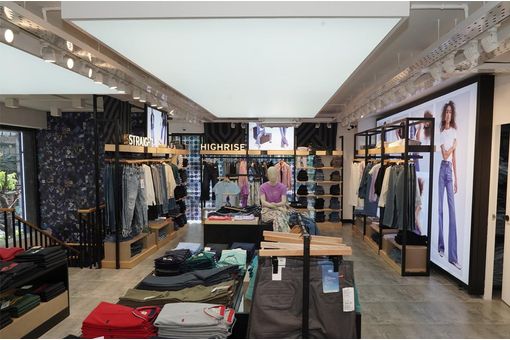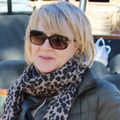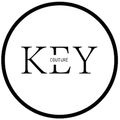Interviews
Home-textiles to act as allergy shield
30 May '07
3 min read
The effectiveness against mites of antimicrobial fibre types in mattresses is based on the assumption that mites feed exclusively on human skin and hair cells that have been broken down by bacteria. Reducing the number of bacteria by active antimicrobial fibres is therefore intended to break the food chain for the mites.
Then the question arises as to how and whether this biocidal chain of cause and effect can be tested. The test for anti-mite effect that has been established at the IHB (and complies with standard NF G39-011) allows the effectiveness of biocides and antimicrobial textile fibres to be quantitatively assessed. The IHB's experience in dealing with mites also allows it to provide evidence of the incidence of mites in textiles or mattresses.
The objectively verified conclusions which can be drawn from the results of the tests can be used not only to improve products used for textile allergy protection but also, for example when used in conjunction with the Hohenstein quality label, to form the basis of effective marketing strategies for manufacturers and retailers.
Then the question arises as to how and whether this biocidal chain of cause and effect can be tested. The test for anti-mite effect that has been established at the IHB (and complies with standard NF G39-011) allows the effectiveness of biocides and antimicrobial textile fibres to be quantitatively assessed. The IHB's experience in dealing with mites also allows it to provide evidence of the incidence of mites in textiles or mattresses.
The objectively verified conclusions which can be drawn from the results of the tests can be used not only to improve products used for textile allergy protection but also, for example when used in conjunction with the Hohenstein quality label, to form the basis of effective marketing strategies for manufacturers and retailers.
Hohenstein Institutes
Popular News
































-Ltd..jpg?tr=w-120,h-60,c-at_max,cm-pad_resize,bg-ffffff)





.jpg?tr=w-120,h-60,c-at_max,cm-pad_resize,bg-ffffff)
.jpg?tr=w-120,h-60,c-at_max,cm-pad_resize,bg-ffffff)






